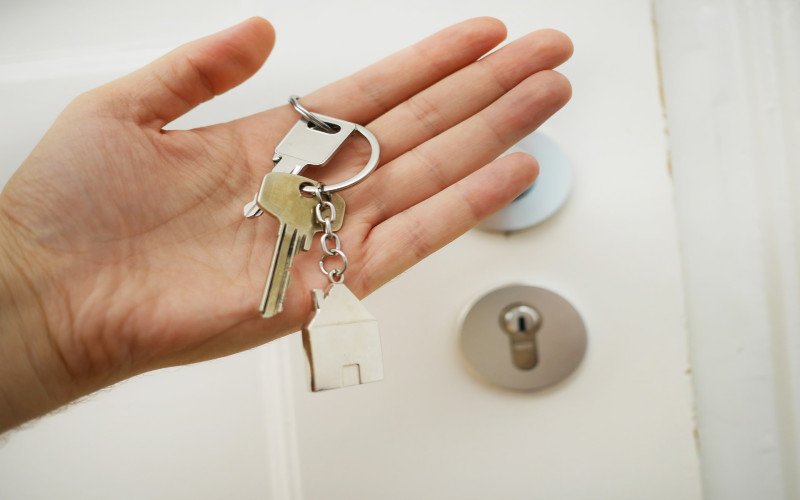
It appears the softening conditions of the housing market have already started manifesting in the intentions of Australians to apply for home loans, as the value of loan commitments hit the largest fall since May 2020.
Figures from the Australian Bureau of Statistics (ABS) showed that the value of housing loan commitments went down by 6.4% to $31bn in April, reversing the 2.1% increase in the previous month.
ABS head of finance and wealth Katherine Keenan said loan commitments from both investor and owner-occupier segments posted a decline over the month, down by 7.3% and 4.8%, respectively.
“Lenders attributed the falls to a softening housing market, as well as the close proximity of Easter and ANZAC day public holidays, which softened borrower demand and limited loan processing more than would usually occur in the month of April,” she said.
New loan commitments from first-home buyers also declined, down by 4.4% over the month and 34.3% from last year.
Despite these declines, however, the value of lending in April remained higher than pre-pandemic levels.
In fact, both borrower segments reported substantial gap in the value of loan commitments between February 2020 and April 2022 — the value of new owner-occupier loan commitments was 44% higher, while the value of investor commitments was up by 113%.
HIA Economist Tom Devitt the high level of commitments compared to pre-pandemic levels coincide with the residential construction figures.
“At the end of 2021, there were 75.7% more detached homes under construction than pre-COVID and there are also more homes approved and waiting commencement than in any previous cycle,” he said.
Impacts of rate hikes
A study by Equifax showed that 79% of mortgage brokers are expecting to see volume of loan applications increase despite the overall slowdown in demand.
Equifax general manager James Forbes said the recent rise in interest rates, increasing inflation, and the recently concluded election would likely have a significant impact on all segments of Australian home loan borrowers.
“As a result, we expect to see more churn and greater competition amongst lenders for market share,” he said.
However, some brokers expressed that these economic factors have left their clients feeling locked out of the property market.
“We are seeing increasing pressure from inflation and interest rate rises at a global scale, which is contributing to some population groups starting to struggle with increased delinquencies or feeling like they can’t get a stronger foothold on the property ladder,” Mr Forbes said.
“Thankfully, many Australians have a relatively higher level of household savings following the pandemic, giving them a buffer to deal with inflation and rising interest rates in the short term.”
Homeowners are prepared for rate hikes
A separate study by CommBank showed that 90% of homeowners have already taken steps to prepare for the impacts of rate hikes.
The study showed that more than 40% have already reduced their living costs and built up their savings.
Around 38% have already made already made additional repayments on their home loan. Roughly the same share of borrowers have already put money into their offset and redraw accounts.
CommBank executive general manager of home buying Michael Baumann said there are several tools and loan features that could support home loan borrowers in the current environment.
“We know that one in two CommBank customers are more than three months ahead of their home loan repayments and it is encouraging that the majority of Australian homeowners are taking proactive steps to continue to improve their financial position with rates expected to continue to increase over the next 12-18 months,” he said.
—
Photo by @schluesseldienstvergleich_eu on Unsplash
Collections: Mortgage News



Share